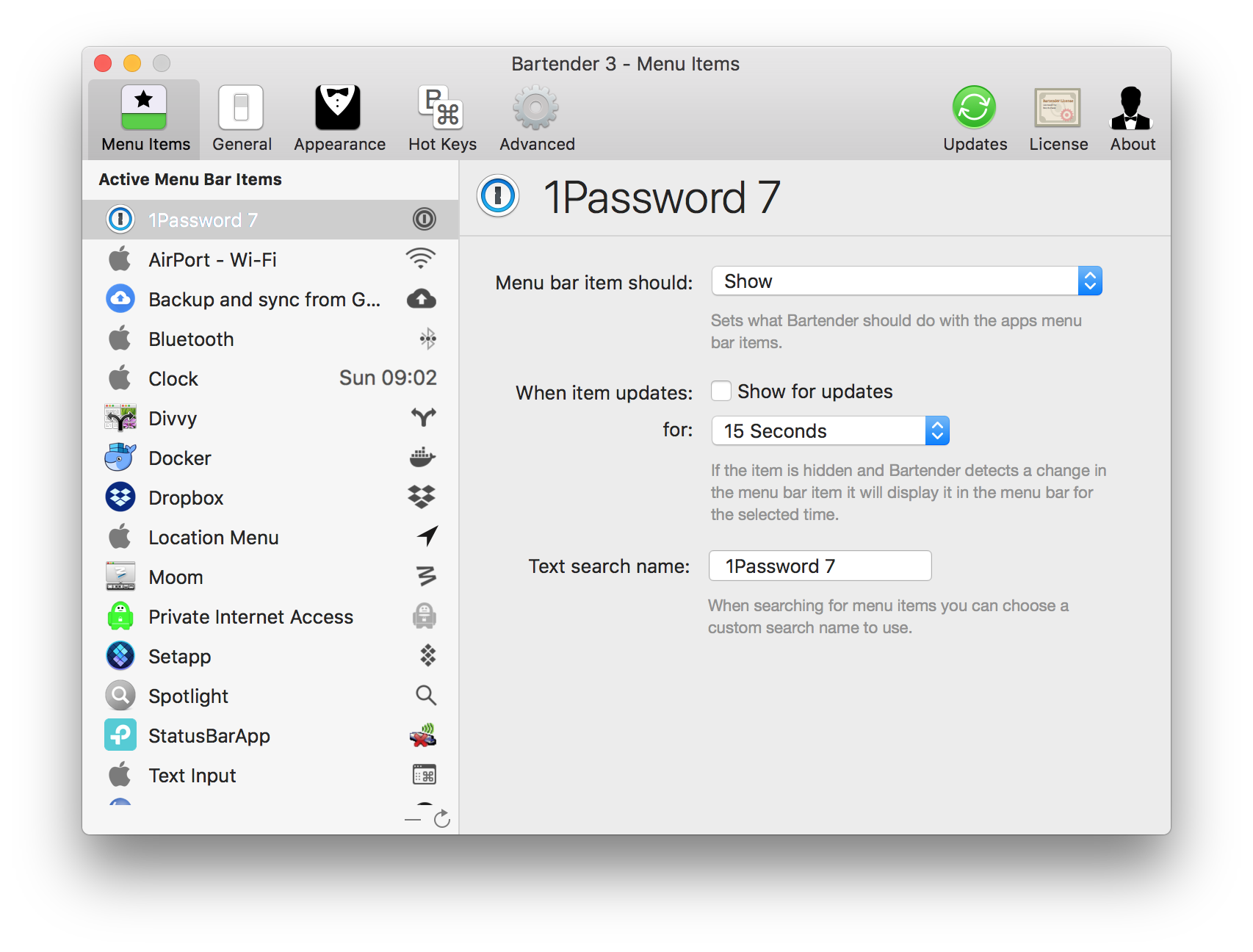- Rwandan Genocidemac's History War
- Rwandan Genocidemac's History Timeline
- Rwandan Genocidemac's History Wikipedia
- Rwandan Genocidemac's History Definition

- Aftermath
- Prosecuting the perpetrators
Anti-Tutsi Rwandan President Habyarimana is killed when his plane was shot down. The Rwandan Genocide begins: the massacre of an estimated 500,000 to 1 million innocent civilian Tutsis.
Rwandan Genocidemac's History War
- Rwandan genocide Part of the Rwandan Civil War Human skulls at the Nyamata Genocide Memorial Location Rwanda Date 7 April – 15 July 1994 Target Tutsi population, Twa, and moderate Hutus Attack type Genocide, mass murder Deaths 500,000–800,000 Perpetrators Hutu -led government Interahamwe (led by Robert Kajuga) Impuzamugambi (led by Jean-Bosco Barayagwiza and Hassan Ngeze) Other militias.
- The first seeds of the Rwandan Genocide were planted when German colonialists took control of the country in 1890. When Belgian colonialists took over in 1916, they forced Rwandans to carry identification cards listing their ethnicity. Every Rwandan was either a Hutu or a Tutsi.

Our editors will review what you’ve submitted and determine whether to revise the article.
Join Britannica's Publishing Partner Program and our community of experts to gain a global audience for your work!
 The Editors of Encyclopaedia Britannica
The Editors of Encyclopaedia BritannicaRwanda genocide of 1994, planned campaign of mass murder in Rwanda that occurred over the course of some 100 days in April–July 1994. The genocide was conceived by extremist elements of Rwanda’s majority Hutu population who planned to kill the minority Tutsi population and anyone who opposed those genocidal intentions. It is estimated that some 200,000 Hutu, spurred on by propaganda from various media outlets, participated in the genocide. More than 800,000 civilians—primarily Tutsi, but also moderate Hutu—were killed during the campaign. As many as 2,000,000 Rwandans fled the country during or immediately after the genocide.
Background
Game 301: april 3, 2020the initials game. The major ethnic groups in Rwanda are the Hutu and the Tutsi, respectively accounting for more than four-fifths and about one-seventh of the total population. A third group, the Twa, constitutes less than 1 percent of the population. All three groups speak Rwanda (more properly, Kinyarwanda), suggesting that these groups have lived together for centuries.
The area that is now Rwanda is believed to have been initially settled by the Twa, who were closely followed by the Hutu, probably sometime between the 5th and 11th centuries, and then by the Tutsi, likely beginning in the 14th century. A long process of Tutsi migrations from the north culminated in the 16th century with the emergence of a small nuclear kingdom in the central region, ruled by the Tutsi minority, that persisted until the arrival of Europeans in the 19th century.
Social differences between the Hutu and the Tutsi traditionally were profound, as shown by the system of patron-client ties (buhake, or “cattle contract”) through which the Tutsi, with a strong pastoralist tradition, gained social, economic, and political ascendancy over the Hutu, who were primarily agriculturalists. Still, identification as either Tutsi or Hutu was fluid. While physical appearance could correspond somewhat to ethnic identification (the Tutsi were generally presumed to be light-skinned and tall, the Hutu dark-skinned and short), the difference between the two groups was not always immediately apparent, because of intermarriage and the use of a common language by both groups.
During the colonial era, Germany and later Belgium assumed that ethnicity could be clearly distinguished by physical characteristics and then used the ethnic differences found in their own countries as models to create a system whereby the categories of Hutu and Tutsi were no longer fluid. The German colonial government, begun in 1898 and continuing until 1916, pursued a policy of indirect rule that strengthened the hegemony of the Tutsi ruling class and the absolutism of its monarchy. That approach continued under Belgium, which took control of the colony after World War I and administered it indirectly, under the tutelage of the League of Nations.
Some Hutu began to demand equality and found sympathy from Roman Catholic clergy and some Belgian administrative personnel, which led to the Hutu revolution. The revolution began with an uprising on Nov. 1, 1959, when a rumour of the death of a Hutu leader at the hands of Tutsi perpetrators led groups of Hutu to launch attacks on the Tutsi. Months of violence followed, and many Tutsi were killed or fled the country. A Hutu coup on Jan. 28, 1961, which was carried out with the tacit approval of the Belgian colonial authorities, officially deposed the Tutsi king (he was already out of the country, having fled the violence in 1960) and abolished the Tutsi monarchy. Rwanda became a republic, and an all-Hutu provisional national government came into being. Independence was proclaimed the next year.

The transition from Tutsi to Hutu rule was not peaceful. From 1959 to 1961 some 20,000 Tutsi were killed, and many more fled the country. By early 1964 at least 150,000 Tutsi were in neighbouring countries. Additional rounds of ethnic tension and violence flared periodically and led to mass killings of Tutsi in Rwanda, such as in 1963, 1967, and 1973.
Tension between Hutu and Tutsi flared again in 1990, when Tutsi-led Rwandan Patriotic Front (Front Patriotique Rwandais; FPR) rebels invaded from Uganda. A cease-fire was negotiated in early 1991, and negotiations between the FPR and the government of longtime president Juvénal Habyarimana, a Hutu, began in 1992. An agreement between the FPR and the government, signed in August 1993 at Arusha, Tanz., called for the creation of a broad-based transition government that would include the FPR. Hutu extremists were strongly opposed to that plan. Dissemination of their anti-Tutsi agenda, which had already been widely propagated via newspapers and radio stations for a few years, increased and would later serve to fuel ethnic violence.
- April 1994 - July 1994
Rwandan Genocidemac's History Timeline
- location
- related topics
On the evening of April 6, 1994, a plane carrying Habyarimana and Burundian Pres. Cyprien Ntaryamira was shot down over Kigali; the ensuing crash killed everyone on board. Although the identity of the person or group who fired upon the plane has never been conclusively determined, Hutu extremists were originally thought to be responsible. Later there were allegations that FPR leaders were responsible. (A report issued by the Rwandan FPR-led government in 2010 indicated that Hutu extremists were responsible.) The organized killing of Tutsi and moderate Hutu began that night, led by Hutu extremists. Prime Minister Agathe Uwilingiyimana, a moderate Hutu, was assassinated the next day, as were 10 Belgian soldiers (part of a United Nations peacekeeping force already in the country) who were guarding her. Her murder was part of a campaign to eliminate moderate Hutu or Tutsi politicians, with the goal of creating a political vacuum and thus allowing for the formation of an interim government of Hutu extremists assembled by Col. Théoneste Bagosora, who later would be identified as having played a significant role in organizing the genocide. The speaker of the National Development Council (Rwanda’s legislative body at the time), Theodore Sindikubwabo, became interim president on April 8, and the interim government was inaugurated on April 9.
The next few months saw a wave of anarchy and mass killings, in which the army and Hutu militia groups known as the Interahamwe (“Those Who Attack Together”) and Impuzamugambi (“Those Who Have the Same Goal”) played a central role. Radio broadcasts further fueled the genocide by encouraging Hutu civilians to kill their Tutsi neighbours, who were referred to as “cockroaches” who needed to be exterminated. It is estimated that some 200,000 Hutu participated in the genocide, although some were unwilling and consequently were forced to do so by the army and Hutu militia groups. The methods for killing were typically quite brutal, with crude instruments often employed to pummel or hack away at victims. Machetes were commonly used. Rape was also used as a weapon and included the deliberate use of perpetrators infected with HIV/AIDS to carry out sexual assaults; as a result, many Tutsi women were intentionally infected with HIV/AIDS.
The United Nations (UN), which already had peacekeeping troops in the country for a monitoring mission (United Nations Assistance Mission for Rwanda; UNAMIR), made unsuccessful attempts to mediate a cease-fire. On April 21, as the crisis deepened, the UN voted to reduce UNAMIR’s presence in the country from 2,500 troops to 270. That seemingly incomprehensible troop reduction at a time when assistance was sorely needed was rooted in such factors as the mission’s mandate, which required an effective cease-fire to be in place, and the inability of the UN to find more troops to bolster the mission, which it felt had already been stretched too thin to have a significant impact on the situation. On May 17, however, the UN reversed its decision and voted to establish a force of 5,500, composed of soldiers mainly from African countries, but those additional troops could not be immediately deployed. On June 22 the UN backed the deployment of a French-led military force, known as Operation Turquoise, into Rwanda to establish a safe zone; the operation was opposed by the FPR, which claimed that France had always supported the government and policies of President Habyarimana. Bloons tower defense 3 unblocked definitely not a game site gratis.
Rwandan Genocidemac's History Wikipedia
The FPR had rejected the legitimacy of the Hutu extremist interim government inaugurated in April and resumed fighting then; by April 12, FPR troops had invaded the outskirts of Kigali. The FPR were successful in securing most of the country by early July, taking Kigali on July 4. Extremist Hutu leaders, including those of the interim government, fled the country. A transitional government of national unity was established on July 19, with Pasteur Bizimungu, a Hutu, as president and FPR leader Paul Kagame, a Tutsi, as vice president. The genocide had come to an end.
Rwandan Genocidemac's History Definition
The duration of the 1994 genocide is usually described as 100 days, beginning on April 6 and ending in mid-July. (July 18 is one date often cited as the end of the genocide. July 19 is another. Both dates were slightly more than 100 days from the start of the genocide.) During the genocide more than 800,000 civilians, primarily Tutsi, were killed. Some estimates, including that of the Rwandan government, are higher. As many as 2,000,000 Rwandans, both Hutu and Tutsi, fled, most of them into eastern Zaire (after 1997 called the Democratic Republic of the Congo); the great majority returned to Rwanda in late 1996 and early 1997.
